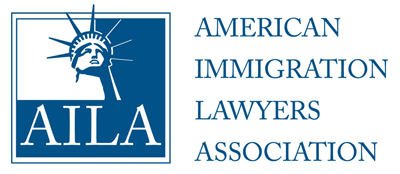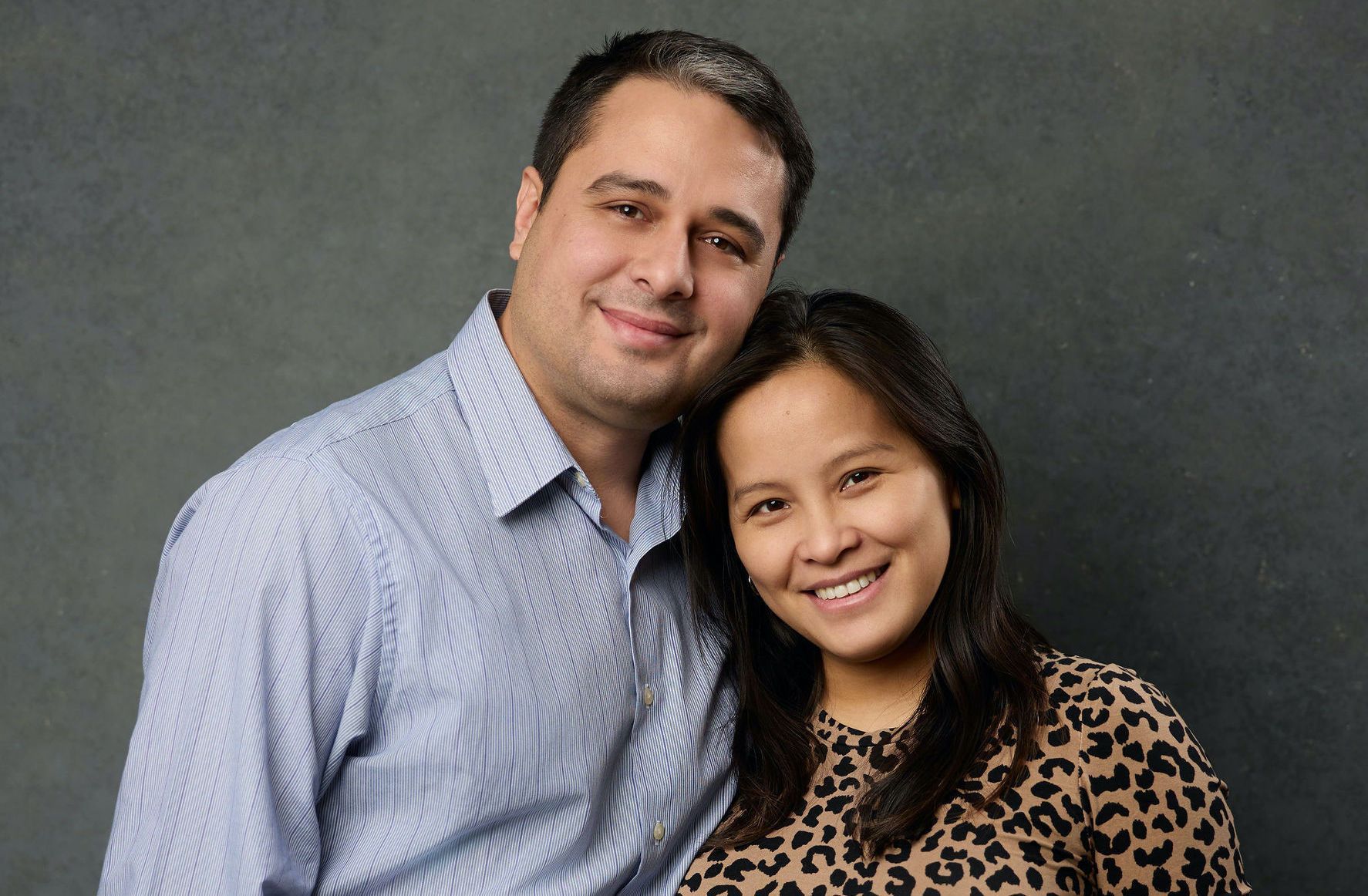US Citizen's Guide to Immigrating an Italian Spouse or Fiance

This guide is for the US Citizen that is trying to fully understand the US immigration consular process. You may have met an Italian online (possibly through EuroCupid/InternationalCupid) or after being stationed with the US Military abroad at:
- Aviano AFB
- Camp Darby Army Base
- Caserma Ederle Army Base
- Sigonella Navy Base
- Gaeta Navy Base
- La Maddalena Navy Base
- Naples Navy Base
If you have an Italian Spouse or Fiance, this Guide will cover the most common topics and questions.
First, what are the two Immigrant Visa Options:
- The CR-1/IR-1 Spousal (Immigrant) Visa, and
- The K-1 Fiance (Immigrant) Visa
Second, how to get married in Italy?
The US Embassy gives the following guidance for marrying in Italy:
https://it.usembassy.gov/u-s-citizen-services/marriage/
However, a Virtual Marriage in Utah may also be a viable possibility. Meaning, the US Citizen and the Italian Citizen can be in different countries OR both can be in Italy, and the marriage ceremony can be held virtually in the state of Utah. More information can be seen here: https://www.utahcounty.gov/dept/clerk/marriage/marriagelicense.html
Here are some common topics before we dive in to the process:
What Documents are going to be required for each process (Fiance or Spousal)?
Proving the Relationship:
Click here to see further guidance on the I-129F Fiance Petition relationship proof: https://www.fickeymartinezlaw.com/immigration/k-1-fiance-visa/i-129f-fiance-visa-how-to-prove-your-relationship-to-uscis/
Click here to see further guidance on the I-130 Spousal Petition relationship proof: https://www.fickeymartinezlaw.com/immigration/adjustment-of-status/joint-bona-fide-documents-how-to-start-meeting-the-uscis-i-130-evidence-requirement-for-a-marriage/
Proving the Financial Stability:
In a nutshell, the US Government needs to review the past 3 years of income, and confirm the past and current income is over the Federal Poverty Level Guideline (link to the guideline found here: https://www.uscis.gov/i-864p ). The Government will normally require:
- IRS Tax Return Transcripts for the past 3 years (Guidance found here: /immigration/how-to-request-your-irs-transcript-helpful-guide-to-acquire-this-commonly-requested-immigration-supporting-document/ )
- 1040 Tax Return Form for the past 3 years
- W-2 and/or 1099 for the most recent year
- 12 months of Paystubs or proofs of income
If you are retired, disabled, or a Veteran, alternative documents would be required.
What Does the Embassy want to see:
The U.S. Consulate in Naples provides this Checklist on items that must be provided: https://travel.state.gov/content/travel/en/us-visas/Supplements/Supplements_by_Post/NPL-Naples.html
Can I have my Visa interview in Rome, Italy?
No! An immigrant interview cannot occur in Rome, nor at the US Consulates in Florence or Milan. Only the Consulate in Naples handles Immigrant Visa processing in Italy.
What are the Consular Interview Instructions for Naples?
The U.S. Consulate in Naples provides this consular interview instruction: https://travel.state.gov/content/travel/en/us-visas/Supplements/Supplements_by_Post/NPL-Naples.html
Italian Police Certificates: Need all three
- Certificato del Casellario Giudiziale
- Certificato dei Carichi Pendenti
- Visura delle Iscrizioni nel Casellario Giudiziale
Procedure for Obtaining:
Those residing in Italy can request the certificates in-person at the Procura in the area where the applicant resides . Those who apply in person must submit a written request, a photocopy of a photo ID and all fees; the certificates are usually provided the day of the request.
Those residing outside of Italy should follow the instructions at the following website to obtain the police certificates: https://www.giustizia.it/giustizia/page/it/come_fare_per_certificato_casellario_giudiziale_da_estero
I already submitted a filing and it is taking longer than expected. How can I verify that I am within normal processing time?
At USCIS, the Processing Time can be located at: https://egov.uscis.gov/processing-times/#mainContent
CR-1/IR-1 Spousal (Immigrant) Visa
The IR-1 / CR-1 Spousal Immigrant Visa is the visa that would allow an Italian spouse to immigrate to the United States. The Visa is a Green Card or Lawful Permanent Resident Card.
The process involves 2 Main Stages:
- In the first stage, the filing will be reviewed and approved by USCIS, the domestic US Immigration Agency.
- Once it is approved, the filing will enter stage 2 where it is transferred to the NVC (National Visa Center) and then subsequently sent to the Embassy in Naples, Italy.
For a more detailed overview of this type of filing and what it entails please refer to the steps below:
- Part 1 – Petition to Recognize the Relationship – Submit the I-130 Electronically with USCIS
- Part 2 – USCIS Processing – I-130 Pending awaiting a USCIS Officer to review the filing and supporting documents
- Part 3 – NVC Processing – Visa fees are paid, DS-260 completed, and supporting documents uploaded.
- Part 4 – Consulate Interview – NVC provides the Naples Interview day and time, the Embassy/Consulate Account would be Registered, the Immigrant Medical Performed, Documents prepared, and Interview Attended.
- Part 5 – Green Card Printing Fee – Pay the Immigrant Fee before traveling to the US
- Part 6 – Arrive in the US – Fly to the United States, Apply/Receive US Social Security Card, and Receive Green Card in the mail within 3-4 months after entry.
Government Cost: $1305
Average Processing Time (2025 Estimate): 13-24 months (with the bulk of processing time spent in the I-130 Petition)
What is the difference between CR-1 and IR-1?
- When the couple has been married for less than 2 years at time of interview, then a CR-1 Visa would be issued, conditioning the residence to a 2-year Green Card and requiring an I-751 thereafter. (More information found here)
- If the marriage is more than 2 years at the time of the interview, then an IR-1 Visa would be issued and a subsequent Green Card would be valid for 10 years.
K-1 Fiance (Immigrant) Visa
First important note: Based off of 2020-2025, the K1 Fiance Visa Process is generally 2x slower and 2x more costly than a CR-1/IR-1 Spousal Immigrant Visa.
The Fiancee Visa has 3 steps:
- Step 1: I-129F Petition filed with USCIS
- Step 2: DS-160 K-1 Fiance Visa application filed with the US Consulate in Naples, Italy, which allows the fiancee to enter the US
- Step 3: I-485 Adjustment of Status filing with USCIS to receive a Green Card
What are the Requirements to file for the I-129F Filing?
- The Petitioner must be a US citizen
- The Relationship is bona fide
- The US Citizen and Italian have physically seen each other within the past 2 years
- The US Citizen and Italian intend to marry with the K-1 Visa within 90 days after entry
- The US Citizen and Italian are legally “free to marry,” meaning there is no pending divorce.
- The US Citizen has a stable income or substantial assets to support the Italian fiance, and that income overcomes Federal Poverty Level Guidelines as stated in the USCIS I-864P
How to prepare a Letter of Intent for this process:
Below is a template our office has created to assist:
Fiance Letter of Intent Template
How long does the I-129F take to process?
The processing times for the I-129F petition can be found here, just select the service center the filing is located at (which that info is generally found on the filing’s Receipt Notice): https://egov.uscis.gov/processing-times/
How long does the I-485 take to process?
The above link can assist in finding the current processing time, the difference is that you would select the local USCIS Field Office, versus a USCIS Service Center. The I-485 filing (based on marriage) generally requires an interview at a local field office.
If you require assistance with the Spousal or Fiance Visa process, please consider contacting our office to set up a consultation with our Immigration Attorney.
For Active Duty Service Members, it is commonly recommended to consider the special US Naturalization Options available for Dependents of a Service Member or DOD Contractor while stationed abroad:
Disclaimer: This Blog is made available by the lawyer or law firm publisher for educational purposes only as well as to give you general information and a general understanding of the law, not to provide specific legal advice. By using this blog site you understand that there is no attorney-client relationship between you and the Blog/Web Site publisher. The Blog should not be used as a substitute for competent legal advice from a licensed professional attorney in your state.












